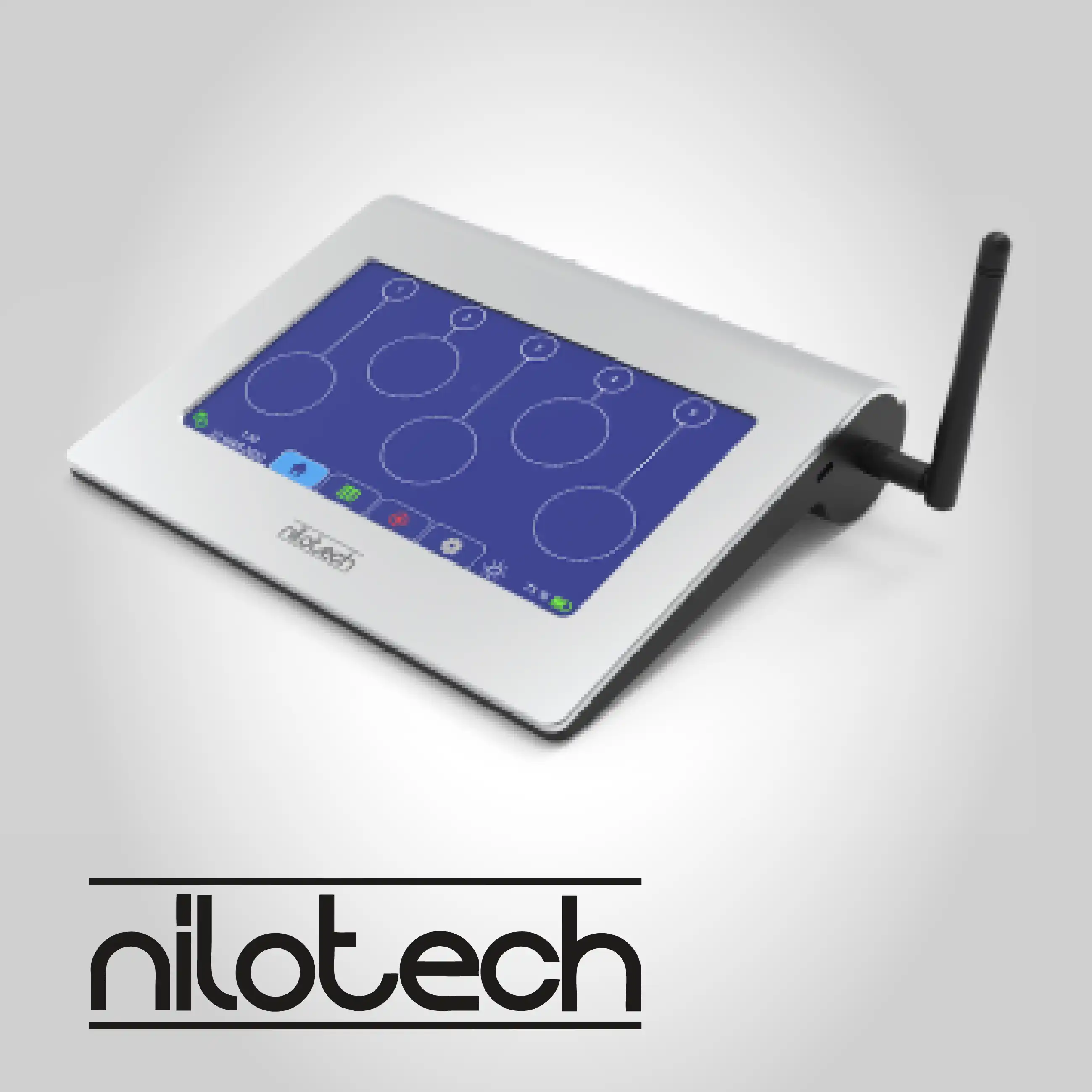.webp)
Anti Vibration Table
Passive damping mechanism to isolate the microscope from vibrations
Esco AVT Anti Vibration Table
The MIRI® AVT Anti-Vibration Table from Esco Medical is specifically developed for ICSI and IVF micromanipulation workflows where every micrometer of stability matters. During procedures that rely on micro-scale precision, such as sperm injection, embryo biopsy or oocyte handling, even minimal building or floor vibrations can cause optical image distortions and affect the accuracy of micro-instrument movements. The MIRI® AVT mitigates these effects through a passive vibration-dampening mechanism designed to absorb and isolate mechanical oscillations within the critical 1 Hz – 100 Hz frequency range. Constructed with a rigid stainless-steel frame and precision-leveled work surface, the AVT ensures consistent isolation, improved microscope stability, and uncompromised reproducibility of delicate micromanipulation tasks in IVF laboratories.
Passive Vibration Isolation Technology
The MIRI® AVT integrates a precisely tuned passive vibration isolation mechanism that optimizes the balance between mass and rigidity to suppress mechanical oscillations. This system does not rely on electrical or pneumatic power—ensuring silent, maintenance-free operation and minimizing the risk of contamination or downtime. It effectively isolates microscopes from environmental vibrations generated by nearby laboratory equipment, air-handling systems or building movements, safeguarding microscopic accuracy during micromanipulation procedures.
Structural Design and Construction
Built with a reinforced stainless-steel frame and tabletop, the AVT offers exceptional rigidity and long-term dimensional stability. The robust surface ensures even load distribution and supports instruments weighing from 15 kg up to 75 kg without compromising vibration isolation. Its anti-corrosive materials make it ideal for sterile IVF environments, where chemical cleaning and strict hygiene protocols are standard practice.
Frequency and Damping Performance
With a vertical natural frequency between 1.5 Hz and 3 Hz and a horizontal frequency range between 1 Hz and 2 Hz, the MIRI® AVT is optimized to filter out low-frequency disturbances. The damping coefficient of 0.1 at 6 Hz and amplitude of < 1 µm confirm its precision in maintaining sub-micron stability—critical for optical clarity and manipulation accuracy under high magnification.
Centralized Anti-Vibration Platform
At the heart of the AVT is a dedicated central anti-vibration platform, designed as the mounting base for the microscope. By isolating the core working zone from the surrounding tabletop, it prevents vibration transmission through the frame. This setup preserves image stability and ensures consistent responsiveness of micromanipulators even when external forces act on adjacent work surfaces.
Precision for Sensitive IVF Applications
In ICSI and IVF operations, the smallest vibration can misalign micropipettes or cause embryo displacement. The AVT addresses this pain point by maintaining a stable focal plane, minimizing drift and image blur, and allowing embryologists to perform delicate operations with improved accuracy and confidence.
Maintenance-Free and Easy Integration
Unlike active systems that require pneumatic lines or calibration, the MIRI® AVT operates without pumps or electricity. Its plug-and-place design allows seamless integration with existing microscopes and micromanipulation setups, eliminating downtime and ongoing maintenance costs.
Reliability in Demanding Environments
The AVT is purpose-built for demanding IVF environments, where 24-hour microscope usage and vibration-sensitive equipment coexist. It minimizes operator fatigue by stabilizing the microscope image and ensures uninterrupted workflows during critical clinical and research operations.
Certified Performance and Quality Assurance
Each MIRI® AVT unit is manufactured under strict quality control and subjected to performance validation for damping efficiency and structural precision. Esco Medical’s design emphasizes reliability, longevity and reproducibility—ensuring that laboratories maintain consistent operational standards with minimal manual intervention.





.webp)
.webp)
